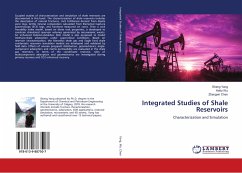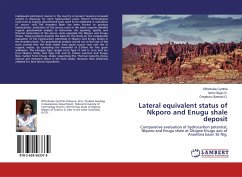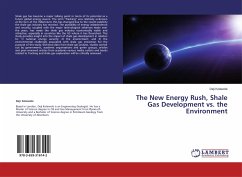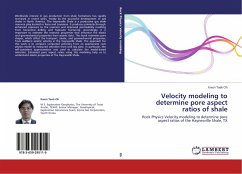Coupled studies of characterization and simulation of shale reservoirs are documented in this book. The characterization of shale reservoirs includes the description of natural fractures, rock brittleness derived from dipole sonic logs, brittle mineral composition calculated from Elemental Capture Spectroscopy (ECS) logs, and hardness measured on cores. Then a rock fracability index model, based on these rock properties, is developed to constrain stimulated reservoir volumes generated by microseismic events. An enhanced Dubinin-Astakhov (DA) model is also proposed to model methane-shale adsorption under supercritical conditions. Based on reservoir characterization, the Marcellus shale gas and Eagle Ford shale condensate reservoirs simulation models are developed and validated by field data. Effects of uneven proppant distribution, geomechanics, single-component adsorption and matrix permeability are evaluated in the shale gas reservoirs. In terms of the condensate reservoir, roles of multicomponent adsorption and geomechanics are investigated during primary recovery and CO2 enhanced recovery.
Hinweis: Dieser Artikel kann nur an eine deutsche Lieferadresse ausgeliefert werden.
Hinweis: Dieser Artikel kann nur an eine deutsche Lieferadresse ausgeliefert werden.








